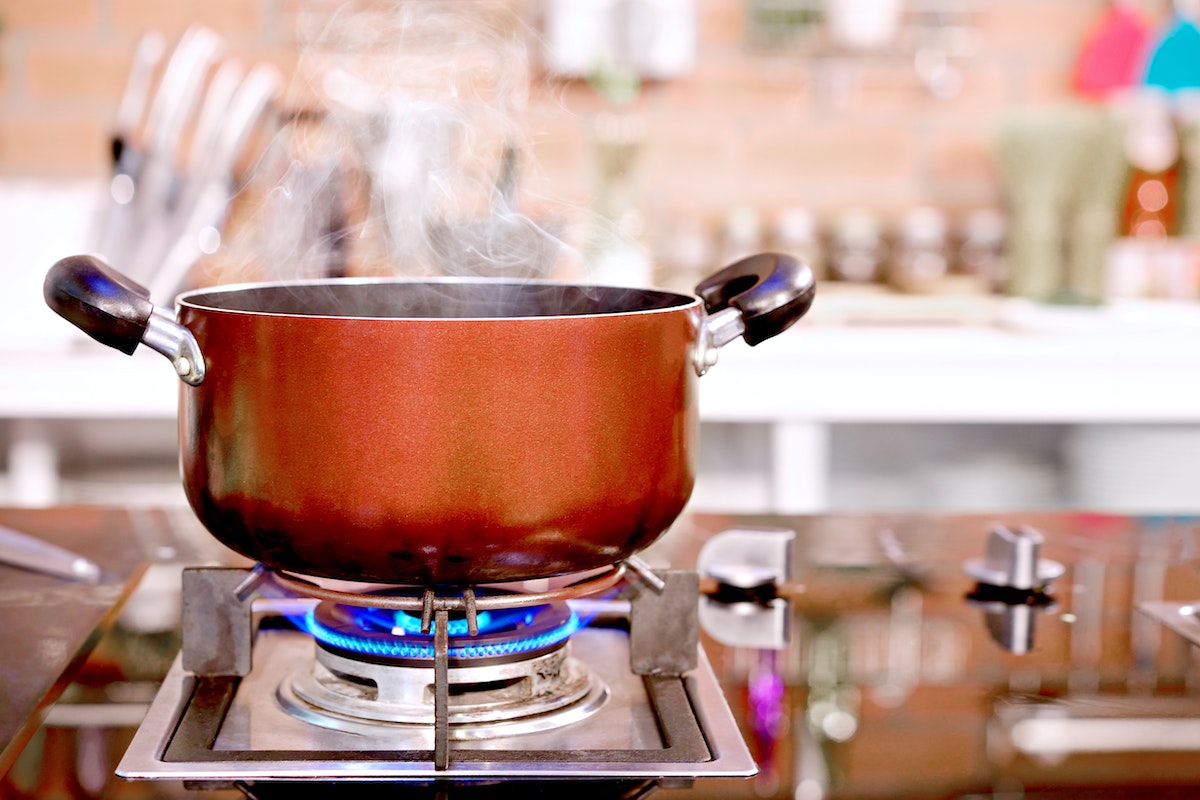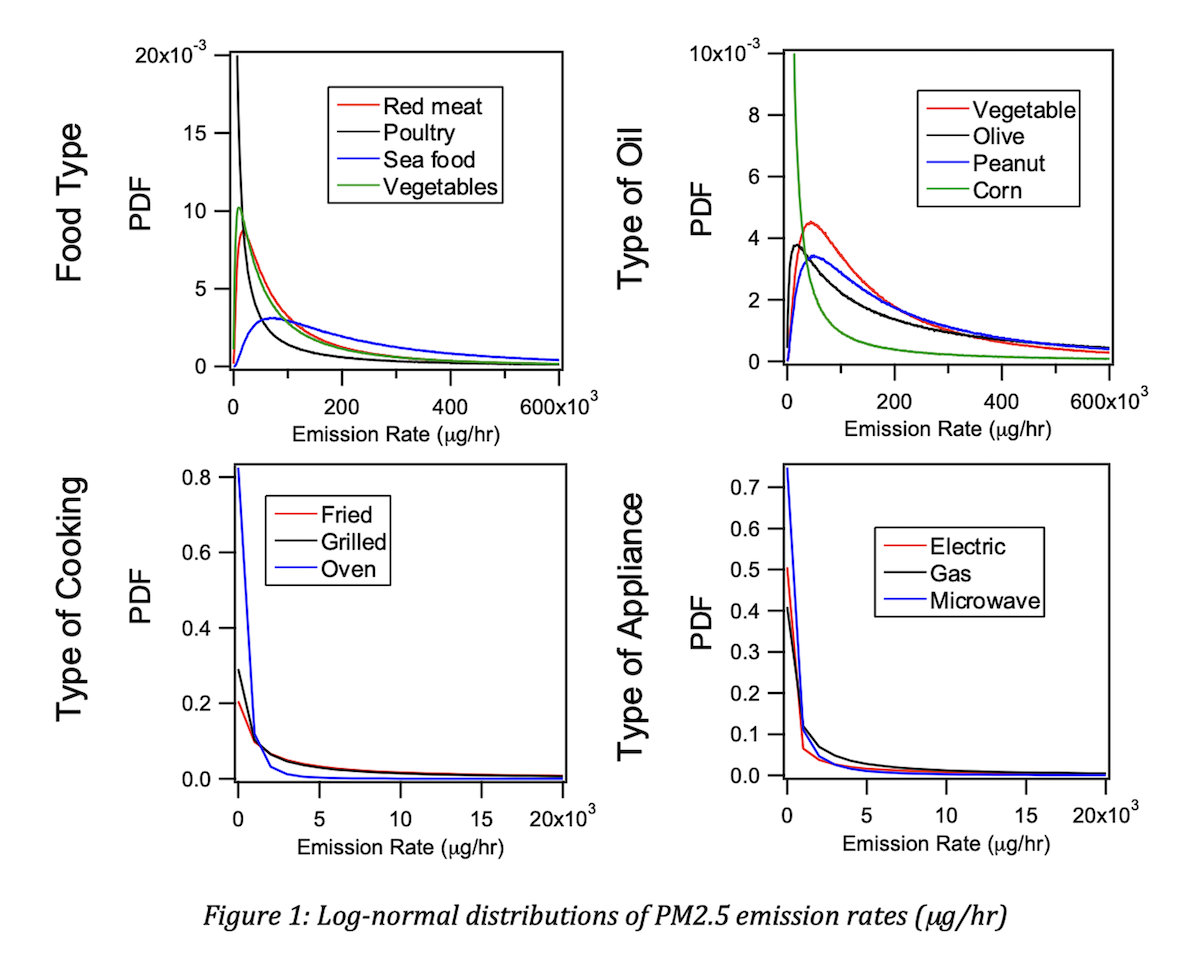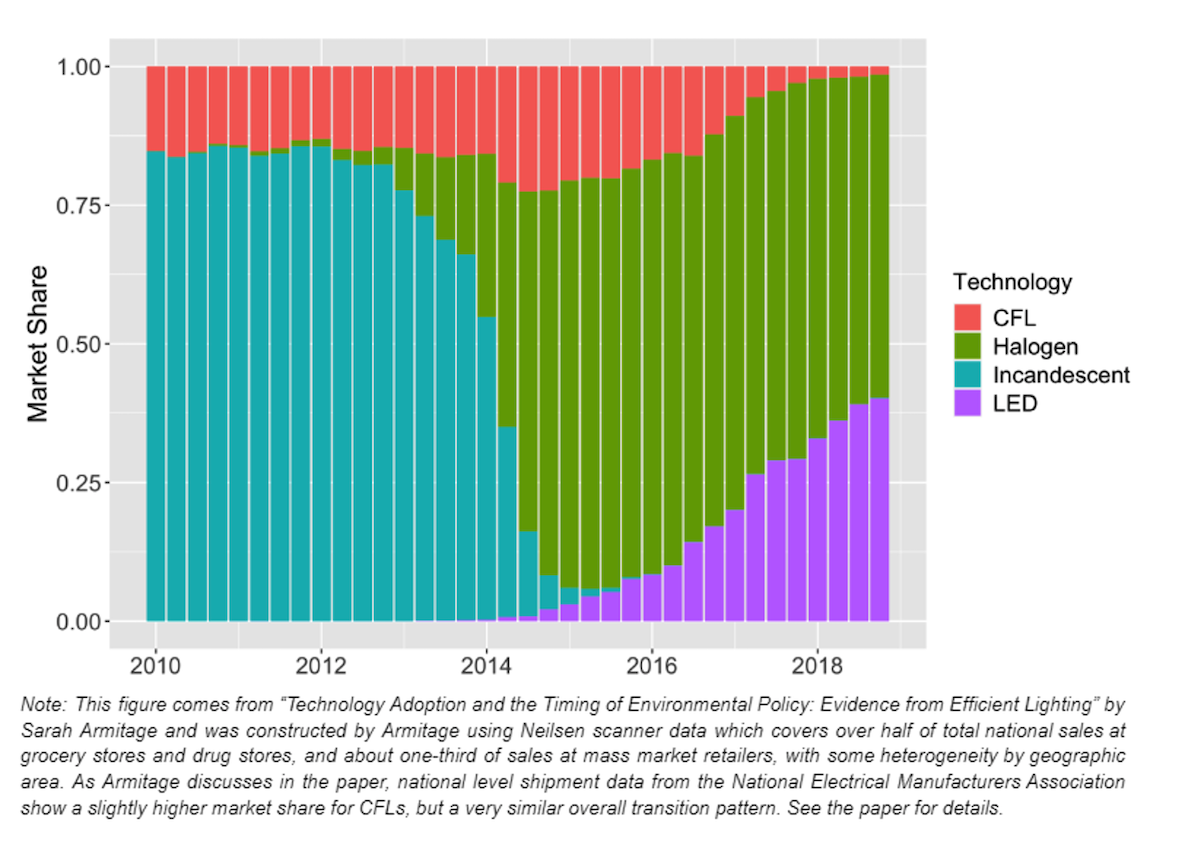Bad Stove Science Is a Roadblock on the Path to Electrification
Actively courting the culture war and reframing everyday activities into eco-nightmares seems likely to generate backlash and suspicion.

-
-
Share
-
Share via Twitter -
Share via Facebook -
Share via Email
-
At 0.4 percent of U.S. natural gas consumption, gas stoves are not a significant contributor to carbon emissions. Nor are they a major driver of public health problems. So why is everyone so agitated about stoves all of a sudden?
We can be candid here. The public health claims about gas stoves are a transparent attempt by environmentalist organizations to make consumers anxious about a highly visible form of fossil fuel consumption. No surprise there: activists are gonna activate. But the bad science involved risks reducing a cool, promising new technology—electric induction stoves—into a battleground in the culture wars. And if anything, this process could make the kinds of regulations environmentalists would like to see less likely to materialize.
So what’s going on here? Let’s zoom out.
There are several things that affect indoor air pollution when you cook on a modern stovetop.
There’s the fuel you’re cooking with, be it electric or natural gas, the latter of which releases higher levels of carbon monoxide, nitrous oxides, and other forms of air pollution. There’s the condition of the range, as well as the pots and pans you’re cooking with. Then there’s greater risk introduced by cooking itself. Are you using fats with high-PM2.5 concentrations like olive oil, or cooking at a high temperature? If so, the level of particulate emissions is quite a bit higher than cooking at a lower temperature or with oils with a higher smoke point. Finally, there’s probably the most significant discrete factor, in terms of both the magnitude of effect and users’ practical ability to calibrate: ventilation. If you use a hood range, open a window, or, especially, install a HEPA air filter, levels of indoor air pollution are reduced substantially, even if you’re using a Teflon pan to sear steak in olive oil over a dirty range heated by propane.
This complexity jumps out if you dig into the dozens of studies included in various meta-reviews, including one economist Emily Oster recently summarized. So what’s the overall risk? As Oster concludes, “This overall analysis, though, suggests that factor may be small relative to other factors—including other kinds of air pollution from (say) cars.”
So where is the recent surge in stove anxiety coming from? Is there “a rapidly accumulating body of science showing direct health harms?”
No. What we do have is a new paper that has been widely circulated in the media to amplify the dubious statistical finding that gas stoves are responsible for 12.7% of cases of childhood asthma in the United States. That paper, as Josh Barro points out, doesn’t contain any new science or evidence: “It’s a calculation exercise based on gas cooking prevalence data from the Census Bureau using asthma risk figures from a 2013 meta-analysis, which was in turn based on average results from many older studies with quite divergent findings.”
The new exercise makes no attempt to decompose the risk factors listed in the first paragraph of this post. If it did, it would find, as other papers have that the food and the fat being cooked emit higher levels of air pollution than the appliance itself (note the different x-axes in the figure below):

Reducing the risk factor to a binary between gas and electric appliances, and dismissing the significant role of ventilation, is bad science.
To be clear: there are health benefits to switching away from gas stoves, since the methane and trace gasses in the fuel itself produce higher levels of nitrous oxides and carbon monoxide than electric alternatives. And there are good reasons to participate in the economy-wide electrification of energy services. But the risks of gas stoves are highly contingent, significantly mitigatable through ventilation and filtration, and not nearly as dire as some headlines and activist campaigns would have you believe.
Given the relatively low public health and environmental risks of gas stoves and the complexity in the risks associated with indoor cooking, why are environmental groups like the Sierra Club, the Rocky Mountain Institute, and PSE Healthy Energy producing so much research exaggerating the connection between gas stoves and lung disease? Why are their researchers telling mainstream media outlets that using a gas stove is “like having car exhaust in a home?” Why are leading environmental activists pushing for federal bans on gas stoves? What purpose does this scaremongering serve?
The obvious answer is that natural gas is a fossil fuel and environmental activists are committed to phasing out fossil fuels in favor of, in this case, lower-carbon alternatives like electric induction stoves. As Megan McArdle put it, “although researchers have been studying the effects of gas stoves on indoor air quality for decades, approximately no one cared until environmentalists started trying to get governments to ban the appliances because methane (a.k.a. natural gas) is a greenhouse gas.”
And while at such low levels of U.S. natural gas consumption, the stoves could hardly be considered a climate priority, stoves are highly recognizable as far as end-use energy demand goes. So environmental groups are trying to establish powerful, frightening reasons to nudge, or require, consumers to switch to their preferred solution.
What could be wrong with advocating for the transition from fossil fuels to lower-carbon alternatives? Well, for one thing, in this case, the advocacy is built on bullshit. The community that Believes In Science and excoriates its opponents for misinformation should be called out for its own alternative facts—both to protect the environment and protect the integrity of the community itself.
It was one thing when environmental groups exaggerated the public health risks of fracking, a relatively new and obscure industrial process. It’s another when activists tell consumers that an appliance in their homes, whose safety has been monitored by government regulatory agencies for decades, is actually a volcano of poison. When consumers sense that they are being lied to, it is liable not only to create backlash from environmentalists’ committed opponents, but skepticism from regular consumers who don’t appreciate having their fears preyed upon.
And, as is the case with most climate activism these days, the anti-stove campaign fundamentally misdiagnoses the obstacles to decarbonization. The primary problem facing induction stoves and electrification of home cooking is not some PR campaign by natural gas interests who “convinced Americans to love gas stoves,” as several recent exposés have alleged. The primary obstacles are the novelty, costs, and availability of induction stoves and their installation. A lower-end induction stove comes in at around $1,000, and typical models often reach closer to $3,000 or $4,000, compared to lower-end gas stoves priced at around $400 and even highly recommended options around $850.
As always, if your intuition leads you to conclude that the use of fossil fuels is mainly the result of some corporate conspiracy, your intuition is wrong. Fossil fuels are used all over the world, not just in places where Exxon and Edelman operate, because they are highly abundant, energy-dense, easy to transport and store, and useful.
Fortunately, those obstacles are being addressed through policies like tax credits for induction stoves passed under the Inflation Reduction Act and experimental building standards in certain municipalities around the country.
Lightbulbs offer a useful analog here. The peak of the Lightbulb Wars occurred during the first Obama administration, well before LEDs were widely available and when the choice was between conventional incandescents and compact fluorescents. The real progress occurred later, not due to PR campaigns but due to improvements in the cost and performance of halogen bulbs and, even later, LEDs. Cost reduction of induction stoves themselves, and the availability of electricians to install and maintain them, should be the laser focus of electrification efforts.

The danger with a transparently manipulative public health campaign like the anti-stove push is that it detracts, instead of bolstering, the effect of these technology policies. Actively courting the culture war and reframing everyday, banal activities into eco-nightmares seems as likely to generate backlash and suspicion as support and conversion.
And that’s a shame, because, for a moment there, it looked like some figures were moving towards a more forward-looking, affirmative vision of climate action: an induction stove in every kitchen, an EV in every driveway, an electric heat pump in every crawl space. It’s a pretty bourgeoise and expensive vision, but hey, so is a lot of futurism. The retreat to the hyperbolic fear-based pollution paradigm classic of environmental activism is a move in the wrong direction. Let’s hope for a course correction.

